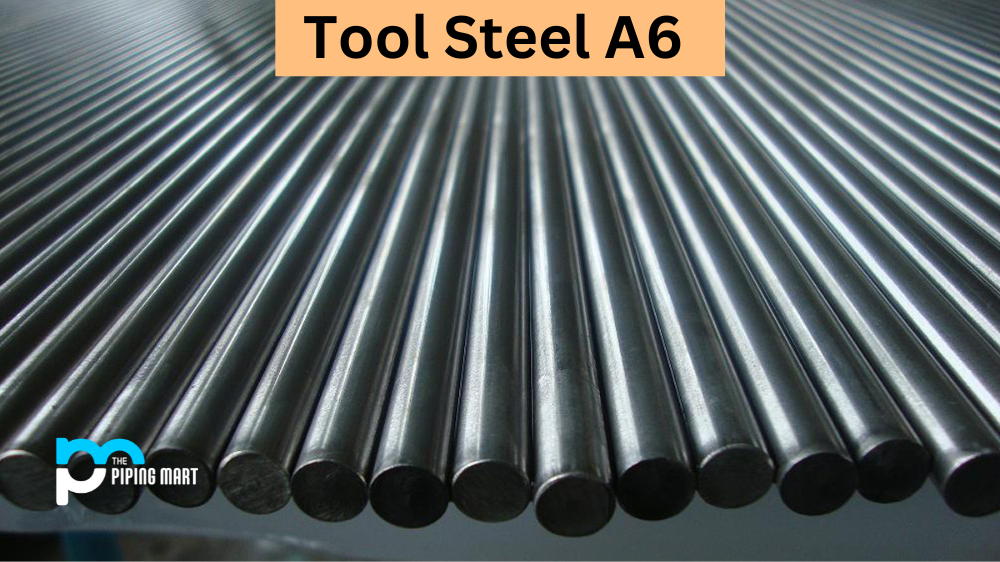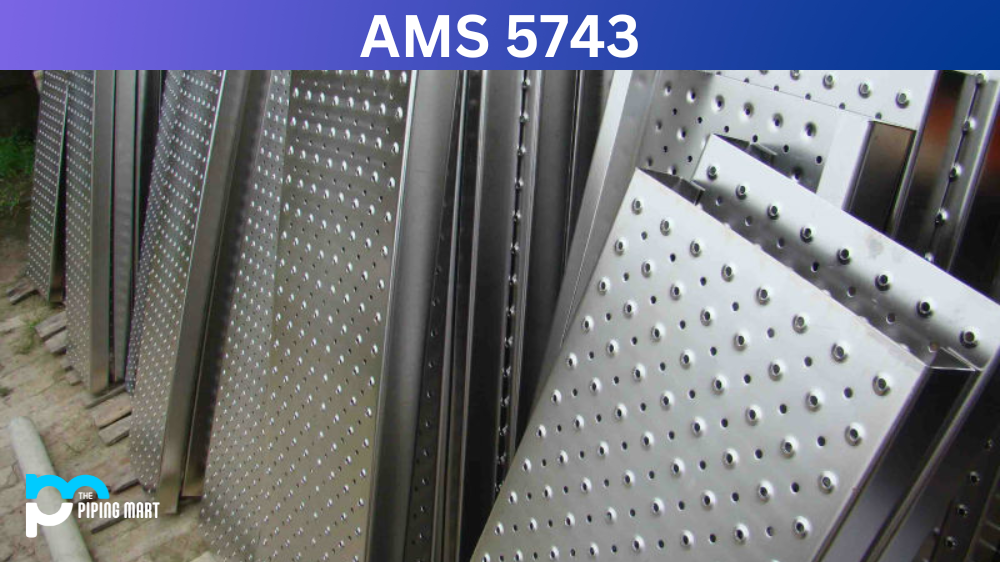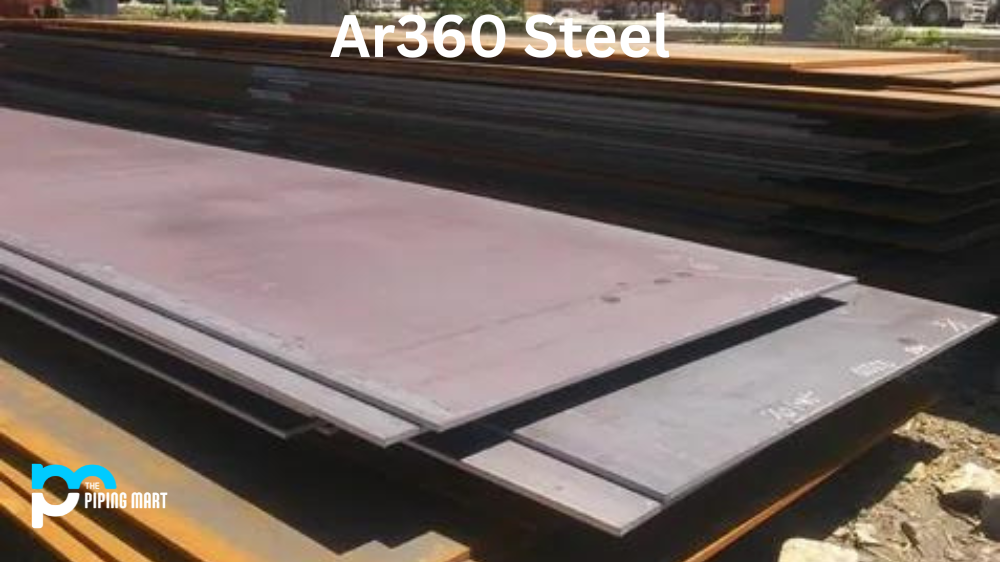Aluminum 2020 is an alloy made from a combination of aluminium and other elements. It’s a versatile material that can be used in various applications, from automotive parts to consumer products. But what makes it so special? Let’s take a closer look at all the properties of Aluminum 2020 and how they make it an ideal choice for many different uses.
Composition
The composition of alloy 2020 is 92% aluminum, 4.5% copper, 1.5% magnesium and 2% manganese. This combination gives the alloy a high strength-to-weight ratio, excellent weldability and good formability, making it perfect for automotive parts, frames and more.
Chemical Properties
The chemical properties of grade 2020 are similar to those of other aluminum alloys. It has strong corrosion resistance, low thermal expansion and a high electrical conductivity rating. These properties make it ideal for use in marine environments, electronic components, and automotive applications.
Mechanical Properties
As mentioned above, one of the main advantages of 2020 alloy is its high strength-to-weight ratio. This alloy has a tensile strength rating of 258 MPa (37 ksi). Additionally, its yield strength rating is 225 MPa (32 ksi) with an elongation rate of 10%. This makes it perfect for load-bearing applications where weight is a factor and applications requiring high tensile strength, such as tools or fasteners.
Physical Properties
2020 grade has superior physical properties compared to other aluminium alloys due to its composition. It has excellent corrosion resistance thanks to its chromium content, meaning it will not rust or corrode easily even when exposed to outdoor elements or salt water environments for extended periods of time. Its electrical conductivity rating is also much higher than other types of aluminium, making it perfect for use in electronics or electrical systems where conductivity is key. Finally, this alloy also has good thermal resistance, which means that it won’t expand or contract under varying temperatures as some other metals do – perfect for applications such as heat exchangers!
Uses
Aluminium has become a more and more important material to use in 2020. Its malleability, light weight, and strong structure make it ideal for constructing bridges, towers, and buildings. Additionally, some of the most innovative technologies, such as electric vehicles, require a significant amount of Aluminum in their construction to keep them lightweight and reduce energy costs. Aluminium is also an imperative material for aerospace manufacturing, where traditional materials cannot support the weight or ability to produce extremely accurate models due to its strength-to-weight ratio. In terms of infrastructure projects such as highways and tunnels, aluminium also offers a great advantage for its low cost relative to other materials but high strength when used properly. It is clear that Aluminum has found multiple uses in 2020 and continues to be an essential part of modern engineering.
Corrosion Resistance
Aluminum is well-known for its corrosion resistance. A protective outer layer of aluminium oxide created when this metal reacts to oxygen in the atmosphere can stand up against harsh climates or severe weather conditions. This layer is constantly being regenerated, making Aluminum one of the most reliable metals for any outdoor application requiring regular use or exposure to the elements. Its cost-effectiveness and accessibility also make aluminium a great choice for many projects that require strong corrosion resistance without breaking the bank.
Heat Resistance
As our need for heat-resistant materials increases, Aluminium 2020 is emerging as one of the most reliable and cost-effective solutions. With its mass production capability and resistance to thermal expansion, Aluminum 2020 is an ideal product for many of today’s engineering projects. It is increasingly used for extreme heat applications such as metallurgical plants, high-temperature chemical equipment, and furnace enclosures because of its ability to resist cracking and corrosion. Moreover, it can be moulded into intricate shapes without distortion, even at high temperatures making it suitable for various uses. This reliable heat-resistant material provides an affordable means to meet the ever-growing demand for temperature-resistant materials while withstanding tremendous amounts of daily use.
Heat Treatment
Heat treatment of Aluminum2020 is an important part of the production process, as it allows producers to bring out the full potential of the aluminium and create a more durable end product. It also involves cooling at different speeds and temperature levels to improve strength and toughness. Depending on the application, various methods can be used for heat treatment. For example, age hardening might be employed for stronger parts in aircraft or high-performance cars, which increases strength through grain refinement and precipitation hardening. On the other hand, stress relieving can be employed to resolve distortion caused by machining processes so that components fit together better in assemblies. Achieving optimal heat treatment processes requires knowledge of different techniques and a scientific approach to adjust parameters such as alloy composition and time/temperature ratio. In any case, it’s clear that aluminium heat treating plays a significant role in unlocking its incredible potential for use in modern engineering wonders.
Machining
Machining with Aluminum has become increasingly popular in recent years due to its affordability, light weight and ability to generate precise results. Aluminium 2020 is one of the most commonly used grades for machining projects because it offers great machinability characteristics, wearing resistance and overall strength. It is especially beneficial when being used for parts requiring high performance but only moderate loads. Additionally, Aluminum 2020 is easy to work with and can be manipulated into complex shapes relatively quickly and easily. Overall, aluminium machining can help save time and money in many manufacturing contexts and is definitely worth checking into for your needs.
Welding
Aluminium 2020 welding is an excellent way to join two pieces of Aluminum with a strong and lasting bond. The process uses high temperatures that ensure a seam of molten metal is formed between the two pieces, fusing them together. With some extra training and practice, welding aluminium can yield aesthetically pleasing results with minimal visible distortion. This makes it ideal for keeping components lightweight while still providing strong enough joints to withstand rigorous use. Aluminum 2020 welding proves to be an especially economical choice in industrial applications due to its quick application time and strength provided at a fraction of the cost of other more demanding welding methods.
Conclusion
Aluminium 2020 is an incredibly versatile material with a wide range of uses due to its unique combination of chemical, mechanical and physical properties. Its superior corrosion resistance makes it ideal for marine environments, while its high electrical conductivity rating makes it perfect for use in electronics or electrical systems where conductivity is key. With its excellent weldability and formability too, this alloy can be used in everything from automotive parts to consumer products – making Aluminum 2020 a truly invaluable material! For anyone looking for an alloy that combines strength with low weight and superior corrosion resistance, look no further than Aluminum 2020! Intended Audience: Engineers & makers who need strong yet lightweight materials for their projects & design work; people seeking versatile materials with superior corrosion resistance; people working on automotive parts; people working on consumer products; people working on electronics & electrical systems; people working on heat exchangers & marine designs; general makers & DIYers looking for lighter alternatives to traditional metals like steel & iron etc. Awareness about aluminium alloys like Aluminum2020 can help them choose the right materials according to their needs& requirements, leading them towards successful outcomes!

Meet Bhavesh, a seasoned blogger with a wealth of knowledge and experience. From metal products manufacturing to retail, Bhavesh has a diverse background in various industries and is dedicated to sharing his insights and expertise with readers.




